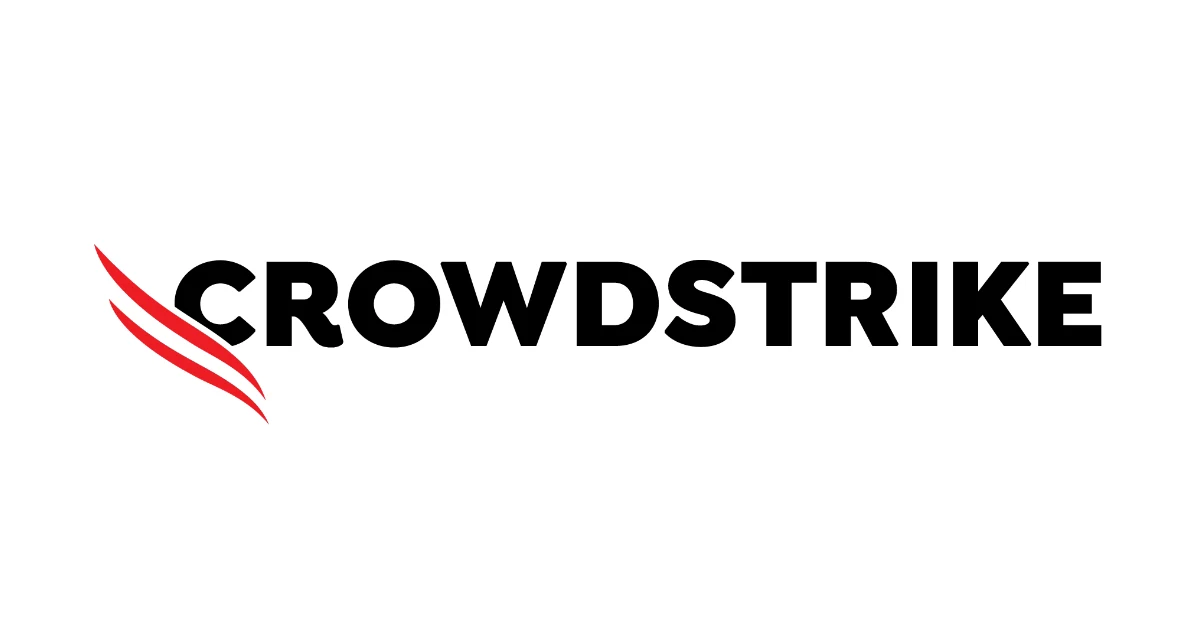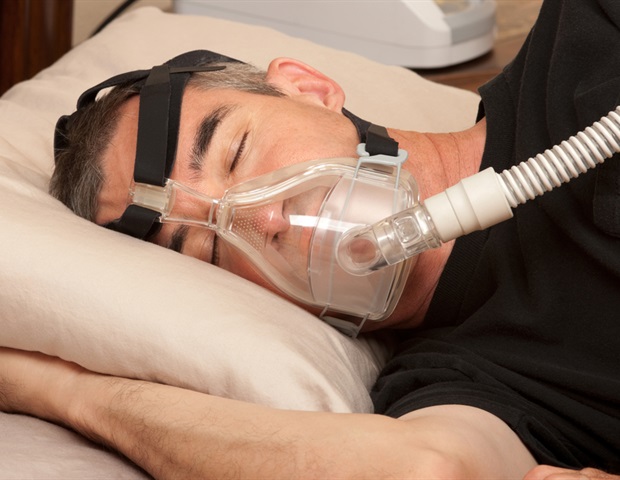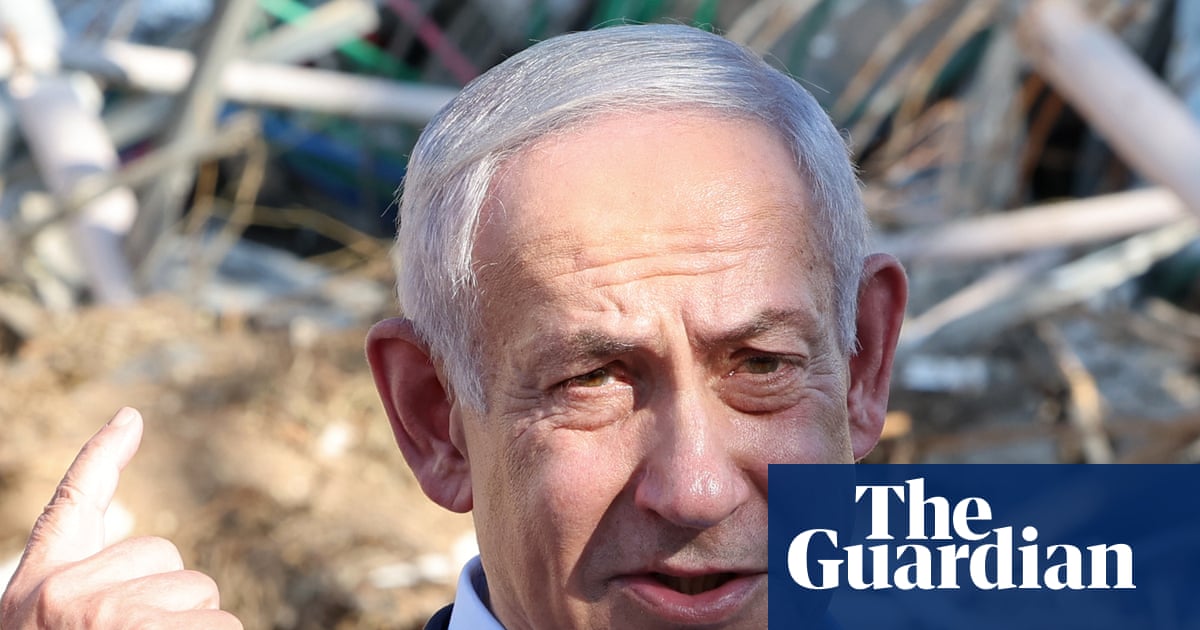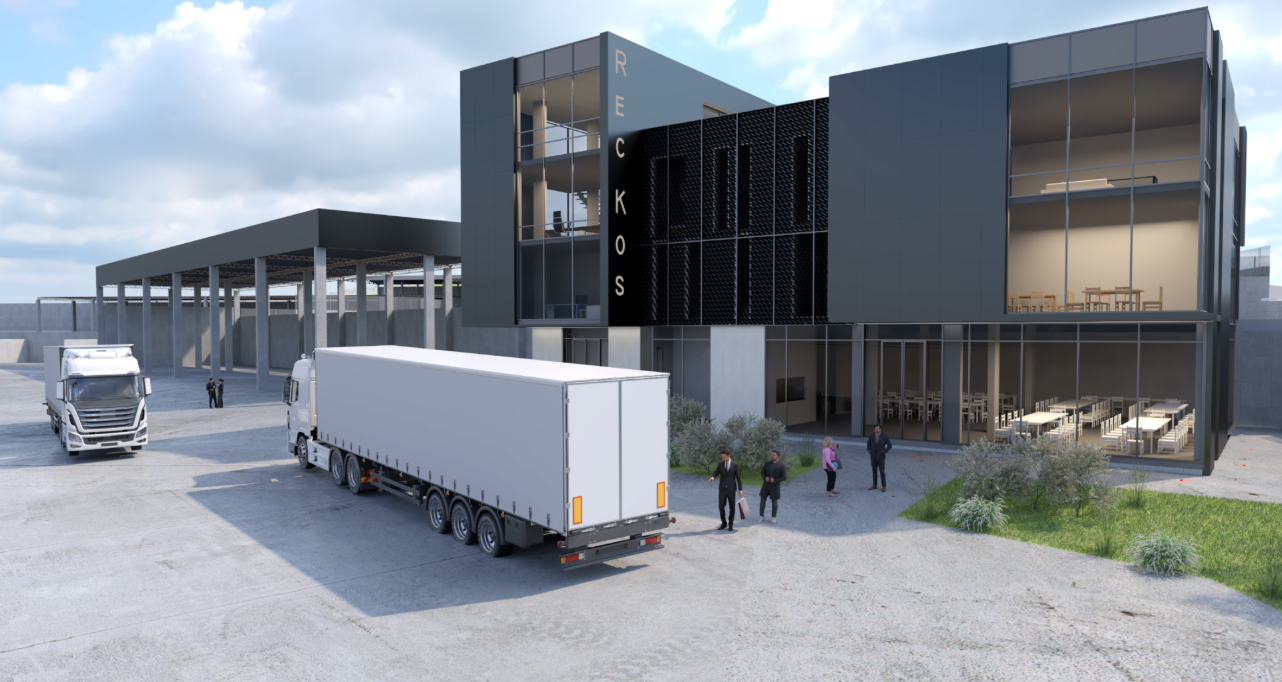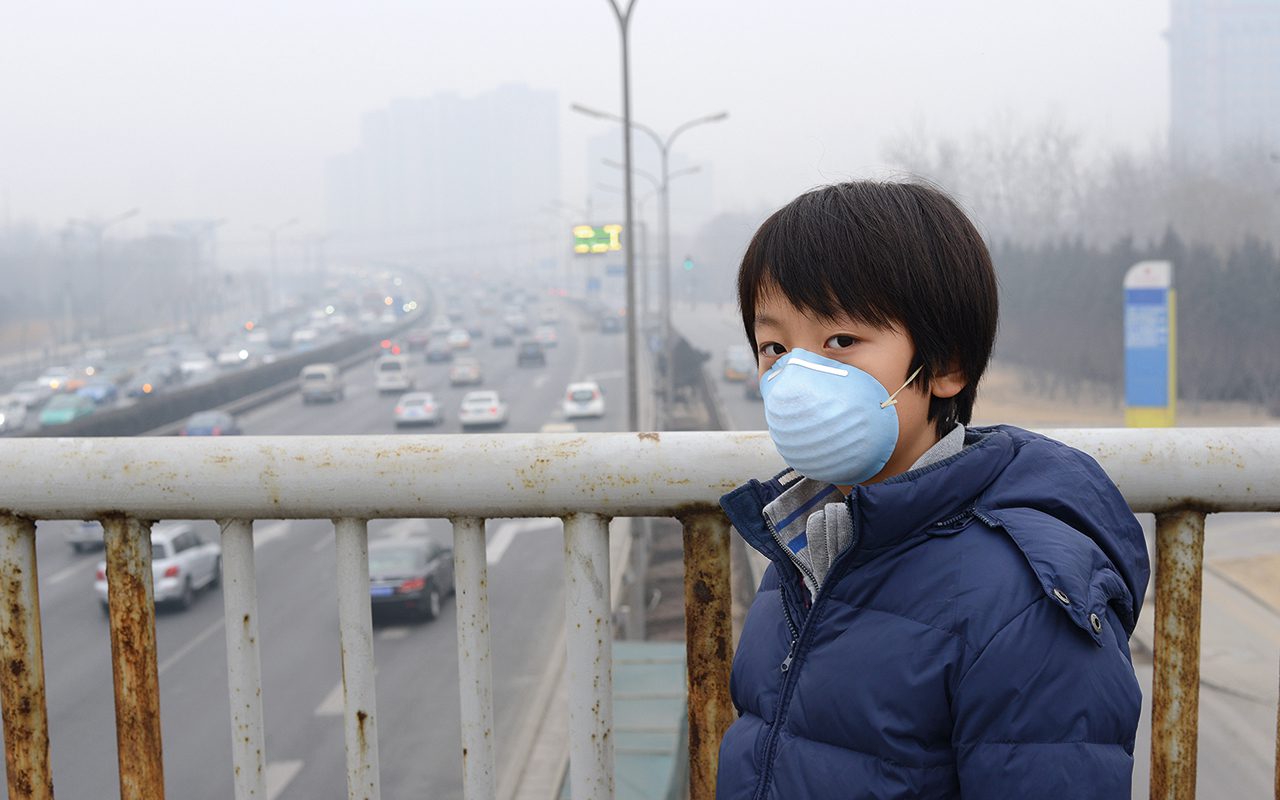TRIDENT Team Manager Giacomo Ricci is full of praise for Rafael Câmara, after he claimed the 2025 Formula 3 title with a dominant win from pole in the Budapest Feature Race.
The Brazilian sealed the Championship with a round to go, holding off Campos Racing’s Mari Boya in Qualifying and across all 23 laps of racing on Sunday.
Câmara’s Feature Race victory made him the third consecutive TRIDENT driver to win the title, and Ricci is more than delighted with the achievement.
READ MORE: Rafael Câmara’s Budapest Championship Debrief
“It’s special for us, for the team, winning the title with one round left, with a new car, it’s amazing feeling,” said Ricci.
“In my opinion, he was the quickest this year. He was on top in every condition. The downside on our side, especially on the first part of the season, we did not score points in the Sprint Race.
“That’s why the guys that were usually qualifying P12, P13, P9, they were scoring points over us, so the gap was staying quite close. But the last two rounds, being able to score in both, opened up the gap a bit more.
“Today he did an exceptional job, he was under pressure from Boya, especially in the first part of the race. Speaking with him, he was keeping things under control and keeping the tyres alive, but Boya was extremely close and the DRS was available.
“But once he opened the gap, he managed things perfectly on the restarts. He was always on it, he did not make a mistake and in the last phase of the race he was managing and keeping the tyres alive.”
READ MORE: Thoughts of a Champion – Rafael Câmara
Câmara’s season was not without its challenges, as while his statistics read five Pole Positions and four Feature Race victories, he had a couple of rounds where he struggled.
The Scuderia Ferrari Driver Academy member scored just seven points across the Monte Carlo and Silverstone weekends, but for Ricci those were caused by things outside of Câmara’s control.
“In my opinion, his form never went down,” said Ricci. “It was simply sometimes small things can make a difference. The track time is limited, finding traffic in qualifying, people are backing off in front of you even if you organise the strategy perfectly.
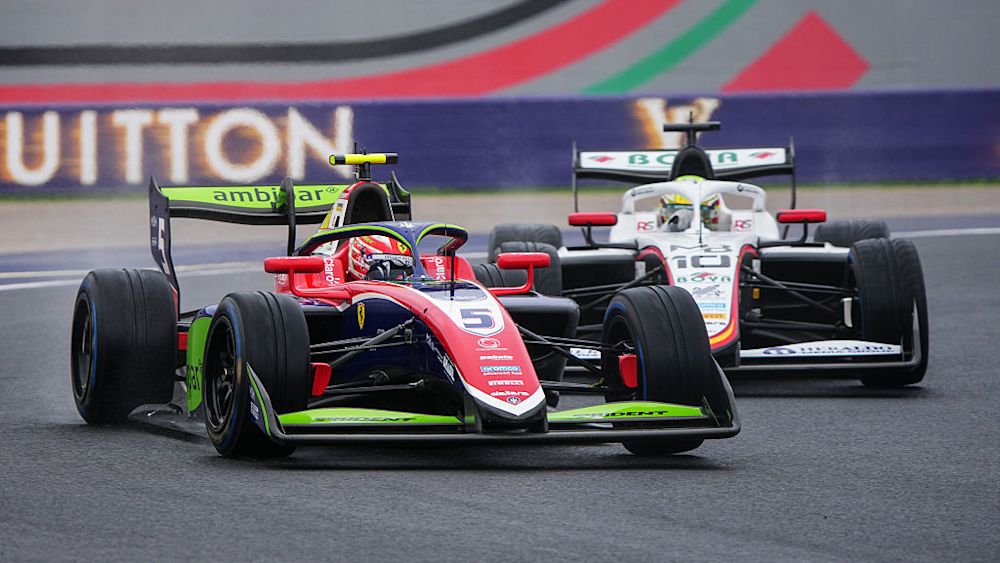
“But for me here and Spa we were back on top with him. His overall talent is impressive. I remember in Melbourne, he didn’t know the track, of course he did the simulator, but he didn’t know the track and from the second push lap, P1 and then he did pole position in Qualifying.
“It’s like for him, sometimes things come quite easy.”
READ MORE: Round 9 Post Feature Race Thoughts of the Top 3
Câmara’s run to Pole Position on Friday in Budapest was one of those things. The 20-year-old had his first time deleted for exceeding track limits, before going up to fifth on his next lap.
But as he prepared to set off for his final attempts of the day, while battling for track position, he wound up in the pitlane.
This forced TRIDENT to switch their plans around to give a chance to go for pole, and he did just that, rounding the track at the chequered flag to complete a 1:32.510, beating Boya by just 0.008s.

“Of course, we were ready to do the classic out and push, but then unfortunately he had been pushed inside the pitlane just before starting the push lap,” recalled Ricci.
“At the moment he opened the radio and said, ‘I am coming to the pitlane’ we were quite surprised. Then we decided quickly to go to Plan C, to align him with the strategy being used by Campos.
FEATURE RACE: Câmara seals 2025 title with commanding Budapest win
“It was quite risky because statistically towards the end of Qualifying, it’s easier to find a Red Flag or other problems. With like four warmup laps before starting a push lap being able to deliver a fantastic lap, he was on pole position.
“It was very tight because Boya was extremely close but again, he collected the two points and it was impressive.”


